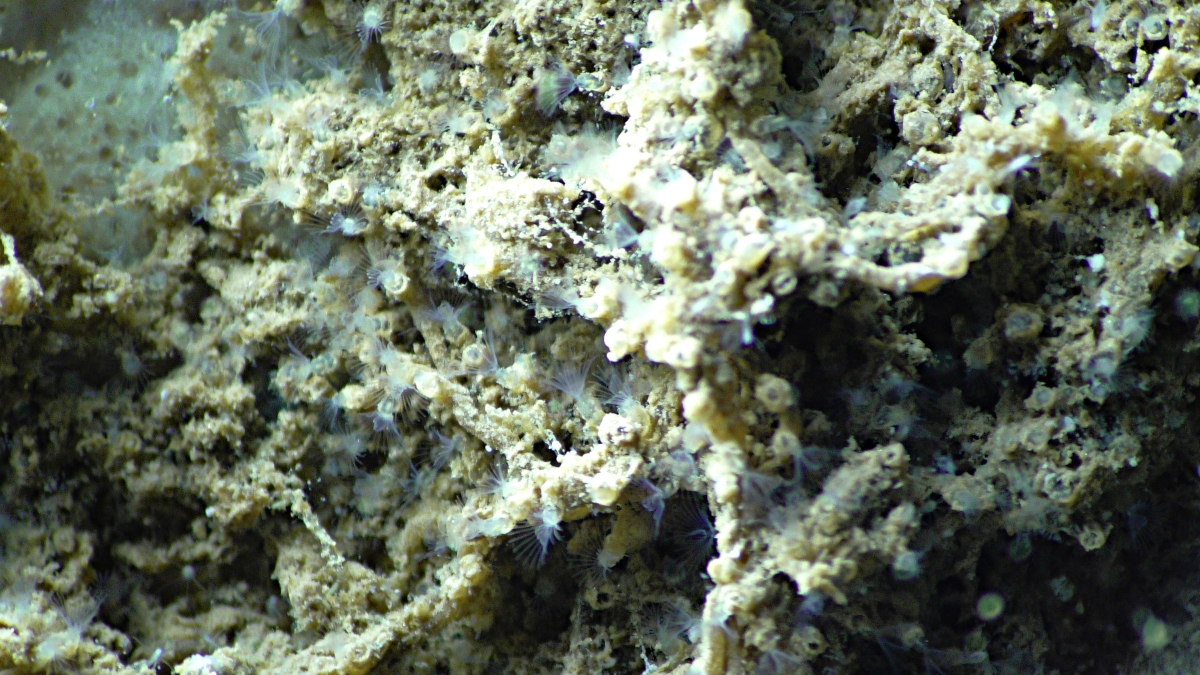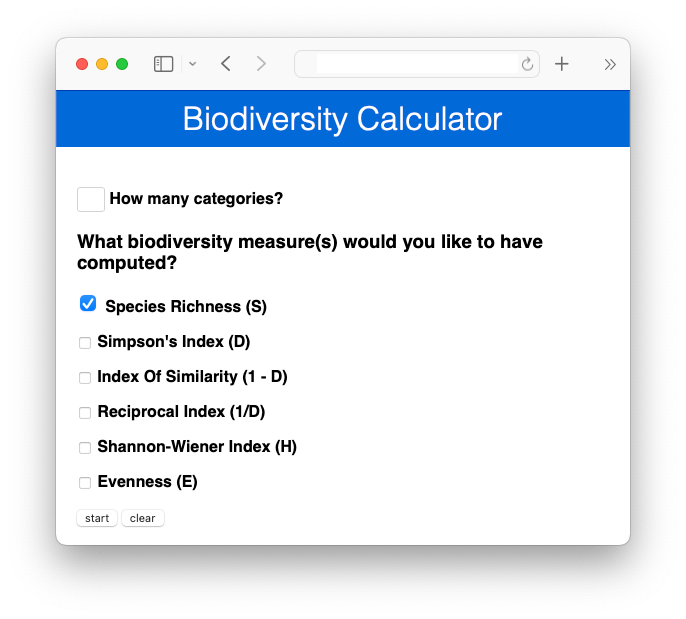Let's Calculate Biodiversity: You're The Expert

Here's an activity that will help you observe and analyze the biodiversity of a sample from the environment (this could include other ecological studies). This exercise provides an application for what you learned in the previous exercises about species richness and other measures of biodiversity.
The first step is to choose an area of study. For example, examine the biodiversity of:
- Biofilm-forming organisms living in a nearby creek, stream, river, or bay. Learn how to make your own biofilm rack on the Biofilm Rack Design and Construction page).
- The plant species on the school grounds or at a botanical garden
- Microorganisms found in water, soil, or air samples
- A population biology research project you develop
Next, identify and count the number of different items. Remember, the underlying assumptions are:
- The categories are well known
- All categories are equally different
- Use a measure of species importance
- The community under study is well defined
Visit the How to Calculate Biodiversity page for a complete explanation.
To begin analyzing your data, answer the following questions:

